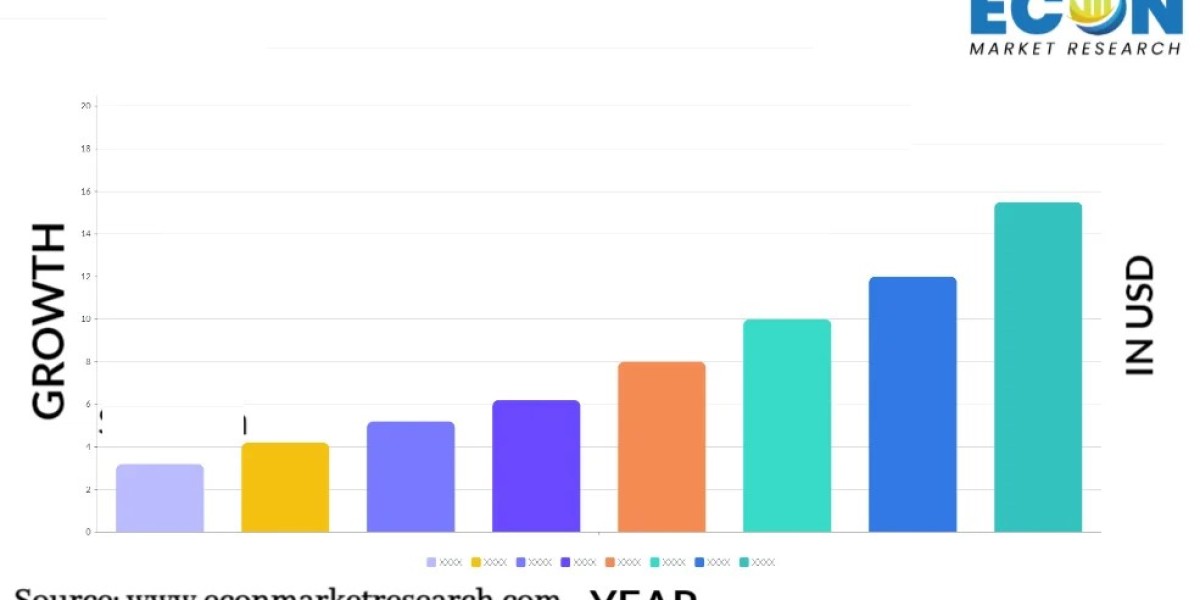The Evolution of Microwave Oven Technology: Past, Present, and Future
In today's fast-paced world, the microwave oven has become an indispensable kitchen appliance. From reheating leftovers to preparing a quick meal, the microwave has transformed the way we cook. In this blog, we will explore the technology behind microwave ovens, recent advancements, and the exciting future that lies ahead.
Understanding Microwave Oven Technology
The microwave oven operates using a form of electromagnetic radiation known as microwaves. These waves, which are a type of radio wave, are absorbed by water, fats, and sugars in the food. The microwave oven works by generating these microwaves through a component called a magnetron, which is housed within the appliance. When the microwaves are directed at the food, the molecules within it begin to vibrate, generating heat. This heat cooks or warms the food quickly and efficiently, making microwaves a convenient and essential appliance for modern kitchens.
Recent Developments in Microwave Oven Technology
Smart Microwave Ovens (2023-2024)
Recent years have seen a significant leap in microwave oven technology, with the advent of smart features. As of 2023, many manufacturers are incorporating Wi-Fi connectivity into their microwave ovens. These "smart" microwaves can be controlled via smartphone apps or voice assistants like Amazon Alexa or Google Assistant. This allows users to adjust settings, start or stop cooking, and even troubleshoot issues remotely. Some smart models are equipped with sensors that detect humidity or temperature, automatically adjusting the cooking time and power levels for optimal results.Inverter Technology
Another major advancement is the use of inverter technology, which has become more widespread in microwave ovens over the last few years. Traditional microwave ovens use a method of switching on and off to control power, leading to uneven cooking. Inverter technology, introduced in more high-end models, ensures continuous, consistent power. This technology results in more even cooking, defrosting, and reheating, and helps prevent overcooking or undercooking, especially when preparing delicate items like fish or vegetables. The trend toward inverter technology is expected to continue as consumers demand more precise cooking capabilities.Multifunctional Ovens (2023-2024)
The latest microwave ovens are increasingly multifunctional, serving as a combination of a microwave, convection oven, and grill. These appliances are ideal for those who need versatility in the kitchen without taking up extra space. With convection capabilities, users can bake, roast, and crisp food just like they would in a traditional oven. Some models even offer steam cooking options for healthier meals. The hybrid design of multifunctional microwave ovens appeals to busy households that want a single device for multiple cooking methods.Energy Efficiency and Sustainability
As energy conservation becomes a growing concern, manufacturers are designing microwave ovens with improved energy efficiency. The introduction of Eco Mode in certain models allows users to save energy by reducing the power used during operation. Moreover, in response to environmental concerns, some companies have begun to focus on producing ovens with recyclable materials and energy-efficient components. This shift towards sustainability is evident in the reduction of standby power consumption, as new models consume far less electricity when not in use.
Browse More @ https://tinyurl.com/26zakddd
What Will Be the Upcoming Developments in Microwave Oven Technology?
Artificial Intelligence Integration
Looking ahead, one of the most promising areas of development in microwave ovens is the integration of Artificial Intelligence (AI). The microwave of the future could be equipped with advanced AI systems that learn user preferences and cooking habits. For example, based on the types of meals you frequently prepare, the microwave could automatically suggest the ideal cooking settings. This AI-driven approach could extend to automatic recipe suggestions and even suggest the right microwave settings for new, unfamiliar foods. This personalized cooking experience would enhance convenience and efficiency for users.Food Recognition Technology
A futuristic feature that may soon become mainstream is food recognition technology. Using cameras and advanced sensors, microwave ovens could identify the type of food placed inside and adjust the cooking settings accordingly. For example, if you place a frozen pizza inside, the microwave would recognize it and select the appropriate cooking time and temperature. Similarly, the technology could identify whether the food is fresh or frozen, ensuring more accurate cooking results with minimal effort from the user.Improved Sensor Cooking
Currently, many microwave ovens come with sensors that monitor moisture levels to adjust cooking times. In the future, we can expect even more advanced sensor cooking technology. These sensors could become more sophisticated, allowing them to track the internal temperature of the food in real time, adjusting the microwave's output with incredible precision. Such improvements would reduce the chances of overcooking or undercooking and create a cooking experience that requires little to no manual input.Sleeker, More Compact Designs
As space in modern kitchens continues to be at a premium, upcoming microwave ovens will likely feature more compact and sleek designs without sacrificing functionality. New materials such as advanced ceramics and composites might be used to make microwaves lighter, more durable, and aesthetically pleasing. Additionally, as consumers increasingly demand appliances that blend into the kitchen environment, we can expect to see more microwaves integrated into kitchen cabinetry, with seamless finishes and hidden components that enhance the overall look of the kitchen.Wireless Charging and Cord-Free Operation
Another exciting possibility for the future of microwave ovens is wireless charging. Some manufacturers are already exploring the idea of eliminating the power cord altogether, offering a more flexible, mobile experience. Wireless charging could mean that microwave ovens are more adaptable to different kitchen layouts or even portable enough to take outside for tailgating or picnics. This development could change the way we interact with and use microwaves in various contexts.
The Future of Microwave Oven Technology
As we look toward the future, the microwave oven will continue to evolve into a more intelligent, user-friendly, and efficient appliance. A combination of innovations in AI, food recognition, sensor technology, and energy efficiency will provide an unprecedented level of convenience and precision for consumers.
We may also see the further integration of microwave ovens with other smart home devices, creating a more connected kitchen ecosystem. For example, your microwave could communicate with your refrigerator to check the freshness of ingredients and suggest recipes, or work in tandem with your oven to create multi-course meals more efficiently.
The move toward more sustainable and eco-friendly appliances will likely become a larger focus in the coming years, driven by consumer demand for products that reduce energy consumption and have minimal environmental impact. As technology continues to improve, microwave ovens will be quieter, faster, and even more energy-efficient than ever before, all while providing users with greater customization and convenience.
Conclusion
Microwave oven technology has come a long way since its inception, and the future promises even more exciting advancements. From the integration of artificial intelligence and food recognition to improved energy efficiency and sustainability, microwave ovens will become smarter, more precise, and more user-friendly. As these innovations unfold, we can expect the humble microwave to continue playing a vital role in modern kitchens, revolutionizing the way we prepare food in the years to come.
The microwave oven’s journey from a basic cooking tool to an advanced, high-tech kitchen companion is far from over, and the coming developments in its technology will only enhance its place in our everyday lives.









